How to Repair Damaged Veneer Edging

I found this vintage pedestal table at a thrift store. There was significant damage to the scalloped veneer edging and even the cashier and the lady behind me in line thought it was hopeless. But they wished me luck all the same!
My "Plan A" was to repair the edging. My "Plan B" was a little vague, so luckily Plan A worked!
I used Band-it veneer edging (affiliate link) for the repair. I also used painters tape, a pencil, scissors, and an iron wrapped in aluminum foil.
The new edging has a "right" and "wrong" side. The wrong side has adhesive which will eventually be activated with heat. I taped a strip of the edging with the wrong side out to an undamaged section. I traced the pattern onto the "right" side.
The new edging has a "right" and "wrong" side. The wrong side has adhesive which will eventually be activated with heat. I taped a strip of the edging with the wrong side out to an undamaged section.
I traced the pattern with a pencil onto the "right" side.
The new edging is easy to work with and doesn't require power tools. I used scissors to cut out the pattern.
Next I re-taped my pattern, but this time "right" side out. You'll notice in the photo that my new edging doesn't cover the entire section all the way to the bottom. I could have used wider edging, but I didn't have any on hand. Since I planned to paint this piece I used the product I had and later filled it in with wood filler.
I wrapped my iron in aluminum foil to protect it from getting scratched or potentially getting adhesive on it. Using the high heat setting, I gently rubbed it on to the new edging. The heat quickly activates the adhesive.
I allowed the re-activated adhesive to cool before removing the tape. I later filled in the gaps with stain-able wood filler. There were also some other small areas of damage that I filled in with wood filler. After the wood filler was dry I sanded it smooth.
I planned to paint and distress the table and wanted a consistent base color under the paint. So I applied a dark stain to the repaired area. If you were planning to refurbish a piece, you could match the stain and call it a day at this point.
And finally here is the finished piece! It's almost as good as new.
This photo shows the repaired damaged edge. It went through a lot of handling as I worked on painting it, distressing, waxing, etc., so I know it's good and sturdy.
To finish the table I used layers of chalk paint, wet distressing, stencils, dark wax, and gold highlights. I detailed these steps on my blog post, so if you're interested in learning how to create a similar look then I would love for you to stop by.
http://theblacksheepshoppe.blogspot.com/2017/02/vintage-pedestal-table.html
Enjoyed the project?
Resources for this project:
See all materials
Comments
Join the conversation
-
 Susan
on Feb 25, 2023
Susan
on Feb 25, 2023
This incredible and stunning. Probably more awesome than the original! BrillianT!
-
-
-



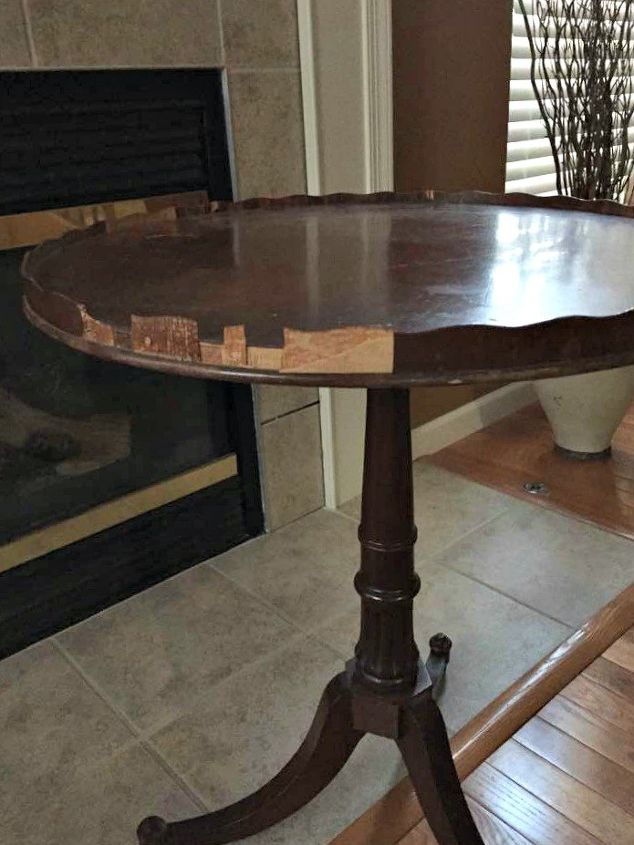


















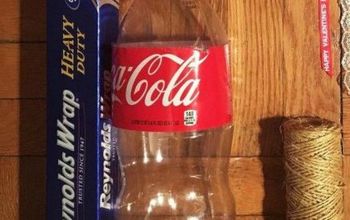
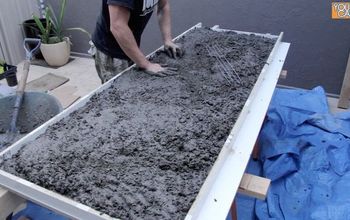




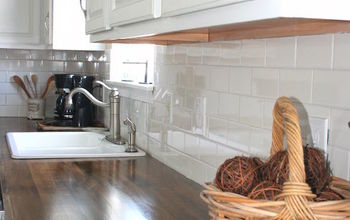
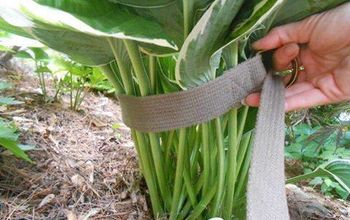
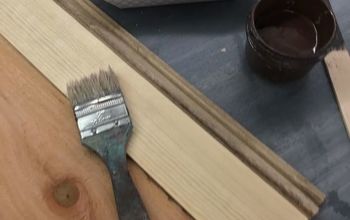
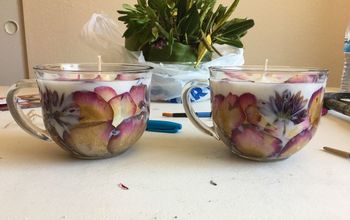
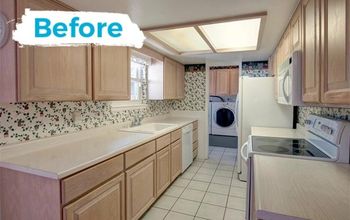
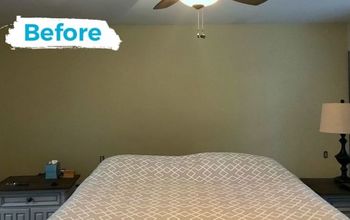
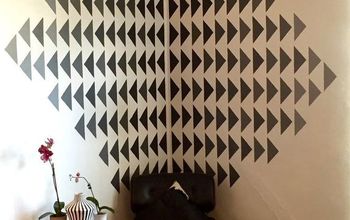
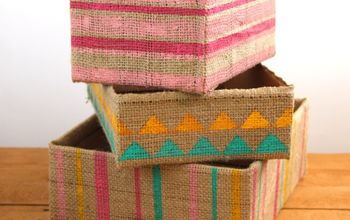

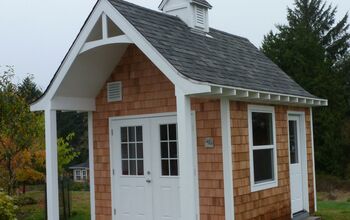
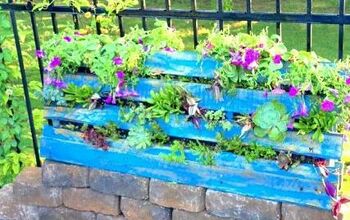
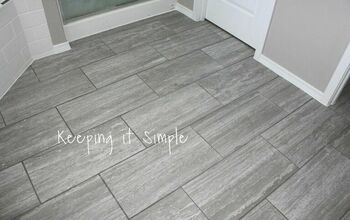
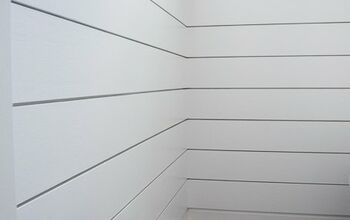
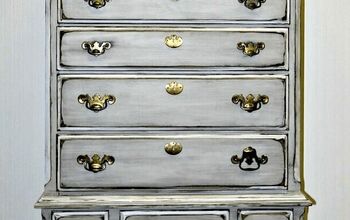
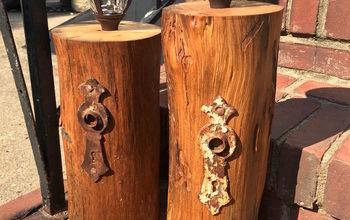
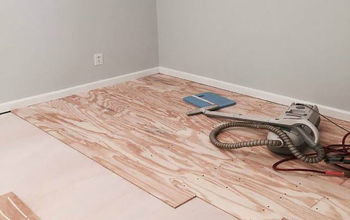
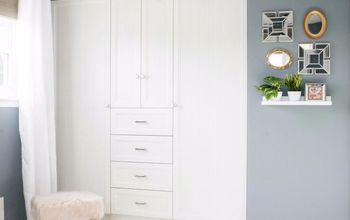
Frequently asked questions
Have a question about this project?
Did you take photos back to the store you purchased the table from originally?
What is “wet distressing”?
What color and brand of paint did you use?? I love the color!